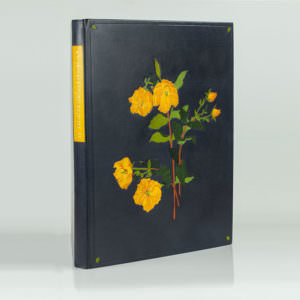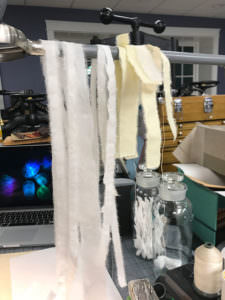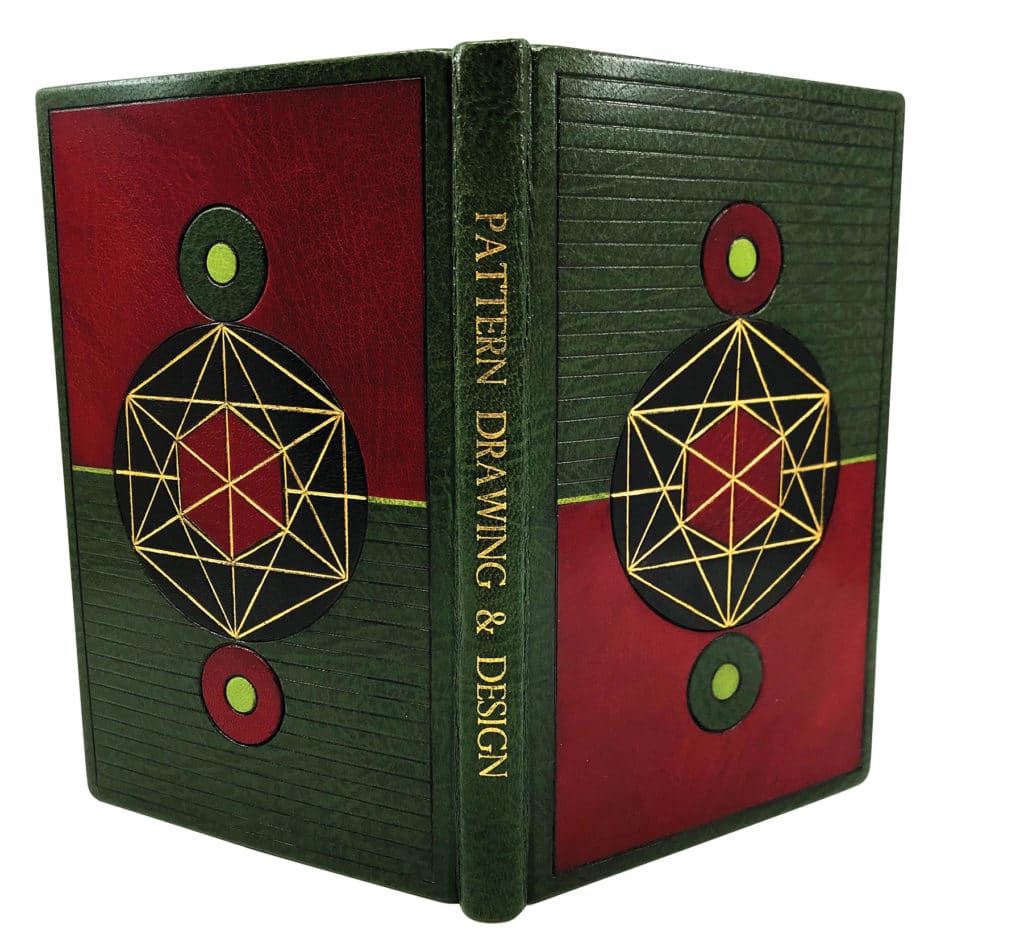 Interview with Jason Patrician of Fish Bindery
Interview with Jason Patrician of Fish Bindery
PCI: Thank you Jason for an amazing tour and introduction to your work at Fish Bindery.
We appreciated your taking the time in November to show us examples of your work, and walk us through the studio. We couldn’t get over the number of exquisitely restored vintage presses, your hand-bound books on display, and all of the tools of the trade! Can you explain to our community what types of bindings and work you specialize in at Fish Bindery?
JP: I specialize in book repairs and restoration, fine bindings, design bindings and protective enclosures. Another specialty area is my hand-marbled paper. I marble unique papers for my own design bindings and create historically accurate marbled patterns to sell to other bookbinders.
PCI: Is there one particular specialty that you would like to elaborate on?
JP: My background is in illustration and design, so I really enjoy creating design bindings. These bindings often have illustrative covers made up of thinly pared leather onlays with gold and blind tooling. My most recent design bindings (flower pics attached) were auctioned off at the Blithewold Mansion and Arboretum’s biennial fundraising gala this past summer.
PCI: How do you use washi (Japanese paper) in your work, and are there specific papers which you rely on?
JP: Washi is an imperative part of all my repairs and restorations. The fibers of the washi create an extremely strong bond to the paper that I am mending.  Right now, my go-to paper is the Usuminoshi Medium Weight. It is very easy to work with and ideal for paper repairs that need to blend in to the original material. I love the way that this paper seemingly “melts” into the surrounding paper.
Right now, my go-to paper is the Usuminoshi Medium Weight. It is very easy to work with and ideal for paper repairs that need to blend in to the original material. I love the way that this paper seemingly “melts” into the surrounding paper.
 PCI: Your marbled papers are absolutely amazing. How long have you been creating these papers and can you describe your process in creating them?
PCI: Your marbled papers are absolutely amazing. How long have you been creating these papers and can you describe your process in creating them?
JP: Thank you! I have been paper marbling for nearly 10 years now. Paper marbling is actually what got me into bookbinding. I start off by creating a gelatinous bath made from mixing distilled water and Carrageenan (dried Irish seaweed) and then float water-based paints on the top of the bath. Some patterns require the use of various combs which are dragged on top of the surface. You get only one print per application of paint, so it takes a lot of time, practice and patience to produce multiple sheets of a specific pattern in just the right color and style.
PCI: What and/or who have influenced your work and why?
JP: I have a Bachelor of Fine Arts, which heavily influences my work. It not only helps with my design bindings, but also my hand skills and color matching. The person who has influenced me the most is fellow bookbinder, mentor and friend, Ruth Strach. I studied with her for nearly eight years before becoming a full-time bookbinder. Without her, I would not be the bookbinder that I am today.
PCI: How would you define your relationship to paper and what it means to you?
JP: I have found that life is boring without paper. Prior to bookbinding, I was a graphic designer for 18 years. As my career progressed, I grew increasingly frustrated with my work going straight to a PDF. I missed having something tangible to hold after all my efforts, and this was when I found bookbinding. I love the feel and smell of paper. To this day, I can’t even bring myself to use an e-reader. I guess you can say that I have a serious love for paper!
PCI: Thank YOU for saying that “life is boring without paper” – can we quote you on that?! We very much agree about that holding an actual book rather than an e-reader; don’t own one of those either.
It was truly a treat to visit your beautiful bindery, Jason and to learn more about you and your “serious” love of books and paper.

